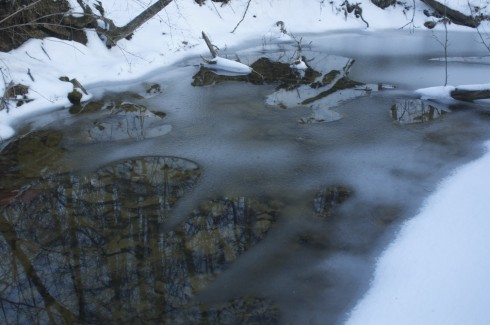
The creek is a wonderful subject for photography as well as geology and ecology.
Middle and High School … from a Montessori Point of View

The creek is a wonderful subject for photography as well as geology and ecology.
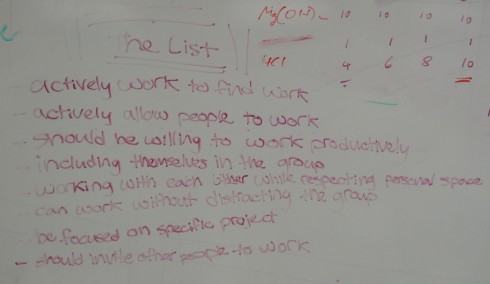
It would be nice if the only rule in the classroom had to be something like, “Respect each other,” or alternatively, “Be excellent to each other,” but sometimes you have to go into the details to figure out what exactly that means.
During the last interim I had my middle school class come up with a list of rules about how to act while doing group work. There’s often someone who wants to slack off, and there are other times when people want to work but the other members of the group think they could do the work better without them. So we came up with these rules that try to balance the responsibility of the individual to actively participate, and the rest of the group to let them participate.
The List:
Together with the house cup, the middle school groups are working well together for the moment.
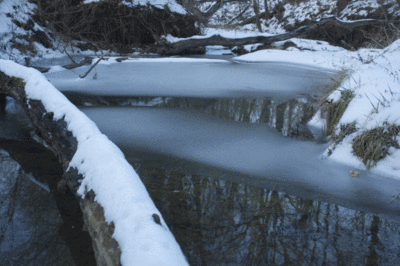
Cloudy ice on the creek after our February snowstorm.
For ten years after discovering penicillin, Fleming and his contemporaries could not get the penicillium mold to grow fast enough for mass production. Finally, in 1942, scientists isolated a strain of the mold from a piece of moldy cantaloupe in a garbage can.

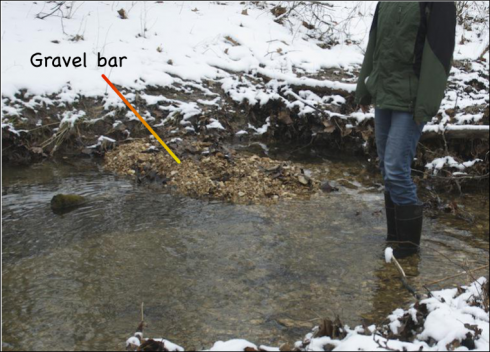
In addition to clearing out the leaves, the fast flow in the creek created some interesting fluvial features. Example number one is this curious gravel bar that was not there a week ago. The gravel is quite coarse — 2-4 cm in diameter — but it’s extremely loose, which is typically of recently deposited sediment.
It seems likely that the sediment comes from beneath the fallen tree that cuts across the creek just upstream of the gravel bar. The tree restricts the stream flow, forcing the water to speed up, and when the water found it’s way through by cutting under the tree, it had enough energy to excavate a hole under the tree and deposit the resulting sediment just a meter or so away.
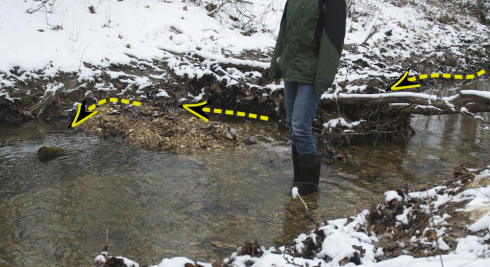
It’s a neat piece of fluvial geomorphology.
Charged electromagnetic particles from the solar wind interact to create sound in space.
You can also listen at radio-astronomy.net.
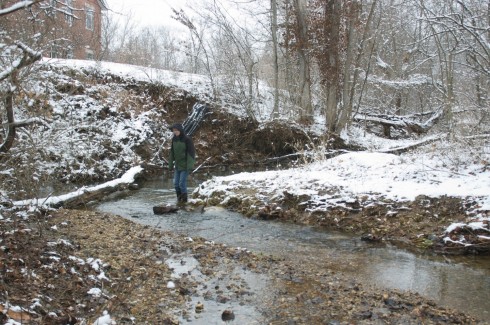
The rapid, snow-melt driven, flow in the creek has receded a little, but it managed to clear out most of the dead leaves that have carpeted the stream bed since the fall. Now that the rocky bottom is exposed, hopefully, we’ll be able to see some more of the benthic fauna that’s been invisible for the last few months.
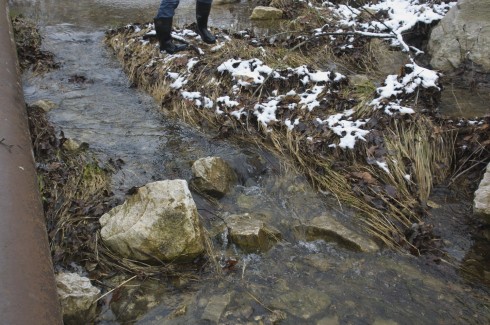
NASA’s Heliophysics (physics of the sun) website has an excellent collection of videos that would link quite nicely with physics discussions of the physics of light (electromagnetism) and the Earth’s magnetic field (as well as the action of charged particles in a magnetic field.
They also have awesome solar videos, like this one of coronal rain.
Natural phenomena like this are great for students to analyze because they require the integration of multiple concepts to explain.